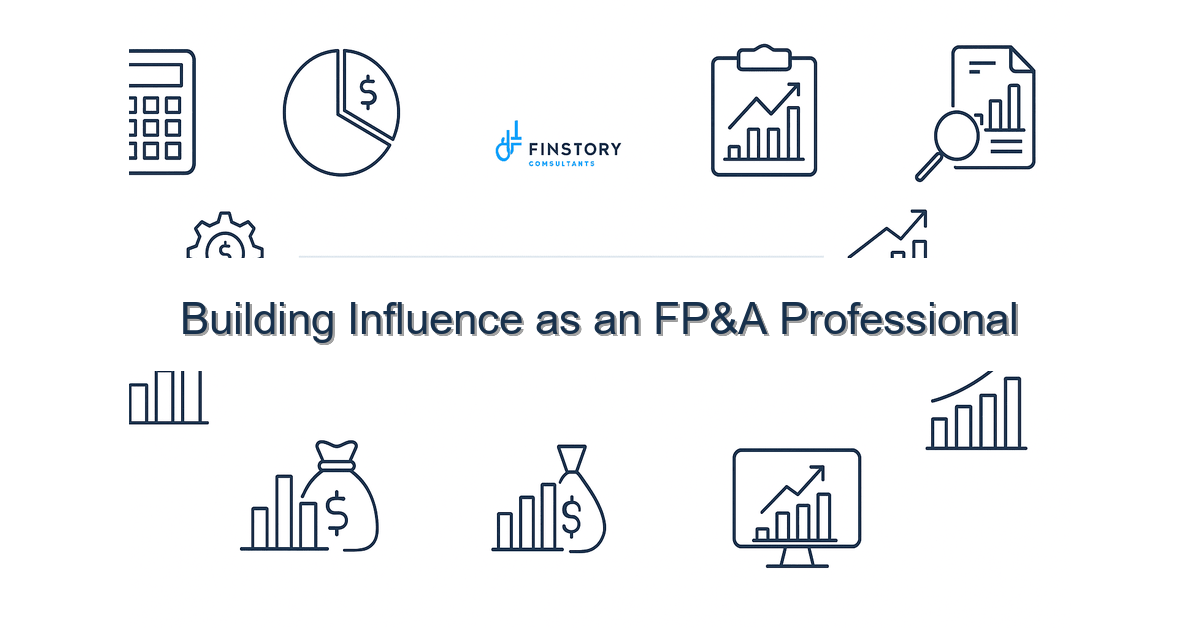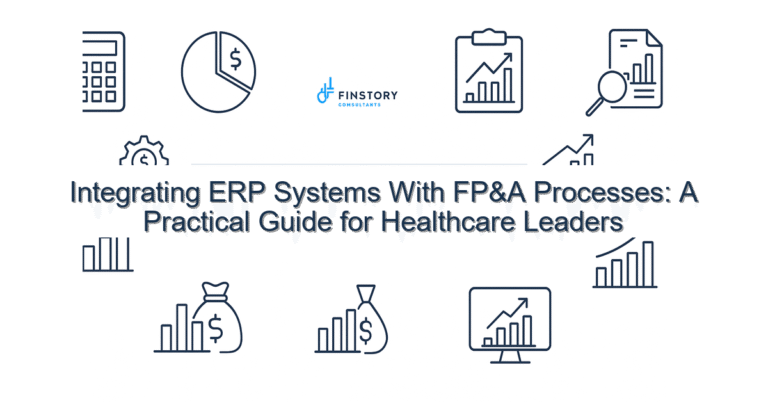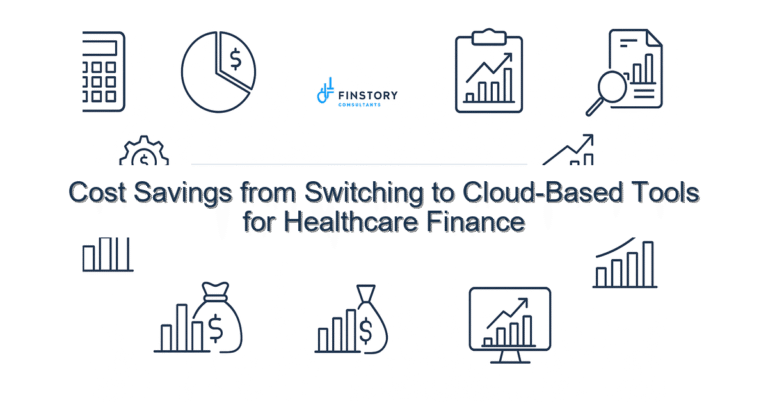Building Influence as an FP&A Professional
You know the feeling: accurate numbers, but the C-suite still ignores your insights. You’re juggling finance, operations, and patient-impact metrics and wish your work actually changed decisions. If this is your world, you’re not alone—here’s how leaders are fixing it.
Summary: Build influence as an FP&A professional by shifting from number-provider to decision partner: clarify decisions, align data to outcomes, and deliver repeatable, visual workflows. Do this and you shorten cycle time, raise forecast accuracy, and earn a seat at the strategic table.
What’s the real problem?
Most FP&A teams in healthcare produce accurate reports—but aren’t asked for advice. Influence is less about spreadsheets and more about trust, context, and timing. When FP&A isn’t influencing, operational leaders miss opportunities to improve margins, capacity, and patient outcomes.
- Reports land after decisions are made or without clear recommendations.
- Forecasts are trusted for numbers but not for operational planning.
- Leadership meetings focus on anecdotes, not aligned metrics.
- FP&A is seen as reactive: closing the books rather than shaping strategy.
What leaders get wrong
Leaders often expect influence to arrive from better models alone. They build complex forecasts and dashboards, then wonder why stakeholders don’t change course. Influence isn’t an output — it’s a relationship and a workflow.
- Mistake: Hiding recommendations inside dense reports. Outcome: no actions.
- Faulty fix: Adding more KPIs. Reality: more data increases confusion.
- Over-reliance on quarterly reviews. Decisions are daily — insights must be too.
Cost of waiting: the longer FP&A remains peripheral, the more opportunity and margin are lost—often measurable in six-figure operational inefficiencies within one year.
A better approach to building FP&A influence
Influence is a repeatable process, not a heroic weekly sprint. Use this simple 4-step framework to be the team that leaders call first.
- 1) Clarify the decision: identify the exact choice leaders must make (staffing, capacity, service-line pricing).
- 2) Map the data to outcomes: tie each metric to the business outcome the decision affects (cost per case, patient throughput, margin).
- 3) Deliver a small, visual recommendation: 1 slide and 2 scenarios—what happens if you act vs. don’t act.
- 4) Embed the workflow: handoff, cadence, and one accountable owner who nudges the decision forward.
Proof: A regional hospital system we advised shifted from monthly narrative packs to a decision-first one-pager. Within three months they reduced time-to-decision on staffing adjustments by 42% and cut agency nursing spend by 18%.
Want a 15-minute walkthrough of this approach? Download our checklist or book a quick consult to see it applied to your organization.
Quick implementation checklist
- List top 3 recurring decisions your finance team influences (e.g., OR scheduling, clinic hours, supply stocking).
- For each decision, define the one metric that signals success (e.g., utilization %, on-time surgeries).
- Create a one-page decision brief template: problem, options, numbers, recommendation.
- Run a 30-day pilot with one operational leader using weekly 10-minute syncs.
- Automate one data pull (payroll, length-of-stay, or case mix) to update your brief.
- Visualize two scenarios in Power BI or a simple chart: baseline vs. recommended action.
- Assign an owner to the action and a 14-day follow-up checkpoint.
- Collect feedback after 30 days and iterate the brief (shorten, clarify, add business rule).
What success looks like
Measure influence with outcomes, not vanity metrics.
- Forecast accuracy improves: median forecast error drops from 12% to under 8%.
- Decision cycle time shortens: from weekly/monthly to a reliable 7–14 day cadence.
- Operational ROI: cost reductions or revenue gains tied to FP&A recommendations (example: 12–20% reduction in overtime costs).
- Adoption: 80% of leader meetings use the one-page decision brief within three months.
- Trust: FP&A invited to strategy sessions and capital allocation reviews.
Risks & how to manage them
- Risk: Becoming a gatekeeper. Mitigation: Make your outputs action-focused and time-boxed—don’t freeze decisions with analysis paralysis.
- Risk: Data errors erode credibility. Mitigation: Automate the most error-prone pulls and add a two-step validation for each brief.
- Risk: Over-customization for one leader. Mitigation: Standardize the brief template and replicate the workflow across 2–3 units before scaling.
Tools & data
Use finance automation and visualization tools to free time for insight work. Power BI or similar dashboards are ideal for scenario visuals. But tools alone don’t create influence — the workflow and concise storytelling do.
Mini-case: A hospital group that adopted automation and a decision-brief workflow cut their monthly close by 38% and reduced forecast variance by 15% in six months.
For templates and tech guidance, see our posts on forecasting for healthcare and our FP&A consulting services, or review a related success story in our close-time case study.
FAQs
Q: How soon will stakeholders trust FP&A recommendations?
A: Trust builds with consistent small wins. Expect 60–90 days for regular invitations to decision meetings when you show measurable improvements and keep briefs concise.
Q: Do we need a data warehouse first?
A: No. Start with a focused data pull for one decision. Automate critical feeds later. A full warehouse helps scale but isn’t required to begin influencing.
Q: How many KPIs should we report?
A: Fewer is better—3–5 KPIs tied to a decision. If you can’t explain why a KPI matters to a single decision, drop it.
Q: Can this approach work across multiple hospitals/clinics?
A: Yes. Standardize the brief and data pulls, pilot in two sites, then scale lessons across the network.
Next steps
If you want to start building FP&A influence now, take one small step: book a quick consult to talk through your workflow, or request a demo of our decision-brief templates and Power BI scenarios. You can also download our one-page checklist for immediate use—start seeing value in 30 days.
Prefer to skip the DIY? Request an on-site assessment and a tailored pilot to show measurable outcomes in your first quarter.
Work with Finstory. If you want this done right—tailored to your operations—we’ll map the process, stand up the dashboards, and train your team. Let’s talk about your goals.
📞 Ready to take the next step?
Book a 20-min call with our experts and see how we can help your team move faster.
Prefer email or phone? Write to info@finstory.net
or call +91 44-45811170.






